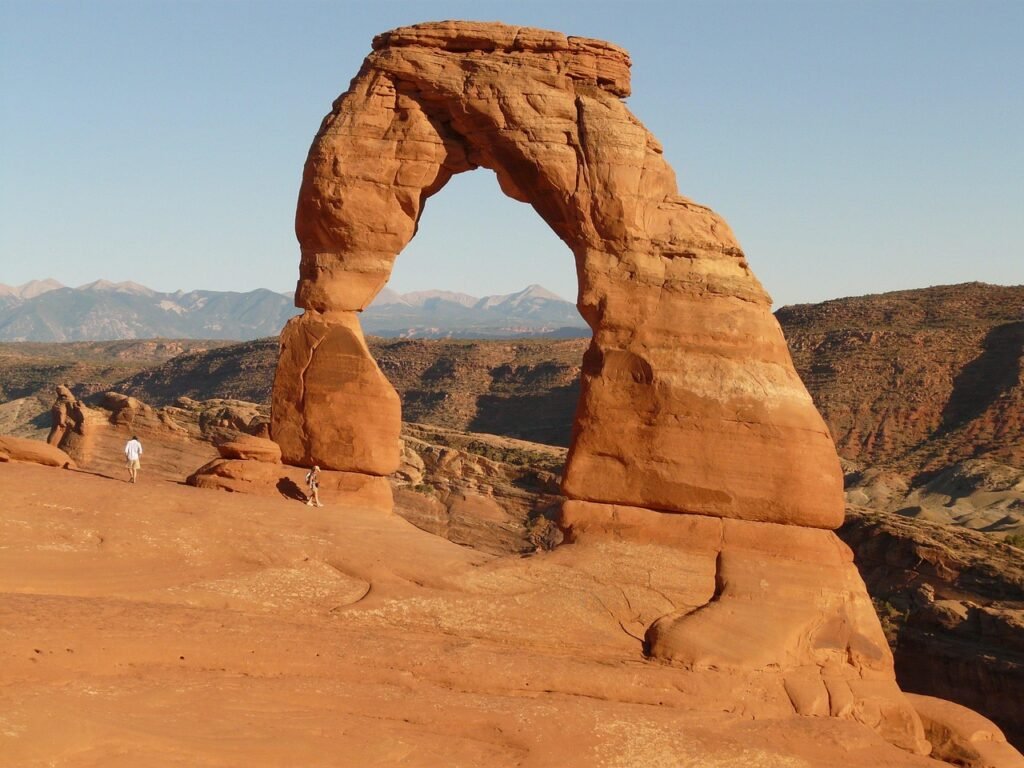Have you ever stood at the edge of something so massive, so ancient, that it makes you feel like a tiny speck in the universe? is home to some of the most jaw-dropping geological masterpieces on Earth. From towering volcanic columns that defy explanation to canyons so deep they reveal billions of years of planetary history, this continent showcases nature’s incredible power to sculpt, carve, and create breathtaking landscapes.
These natural wonders aren’t just pretty sights; they’re living textbooks written in stone, telling stories of ancient seas, explosive volcanic eruptions, and glacial forces that shaped the land we see today. Each formation represents millions of years of geological processes working together in perfect harmony, creating landscapes that seem almost too extraordinary to be real.
Ready to discover some of the most mind-blowing geological features this continent has to offer? Let’s dive into these ten unbelievable wonders that will leave you speechless.
The Grand Canyon – Arizona’s Colossal Time Machine
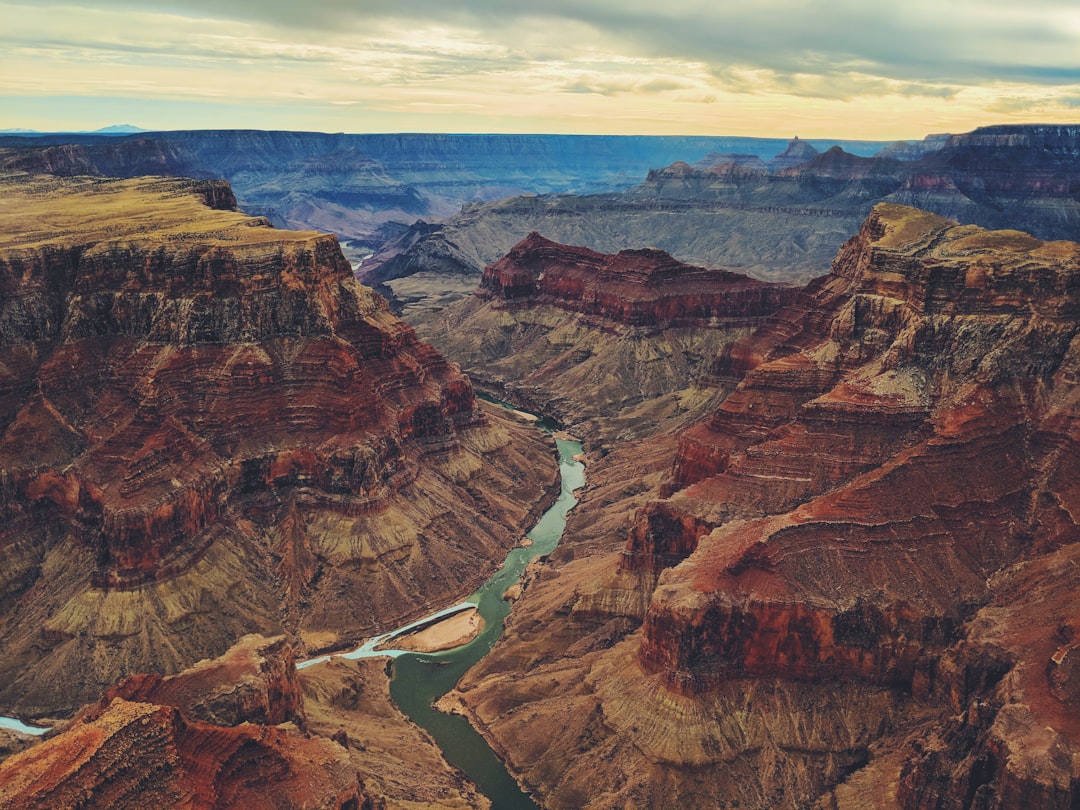
Hailed as one of the Seven Wonders of the World, the Grand Canyon exhibits the largest section of geologic time on earth. Hiking to the bottom, one passes through a third of the planet’s age. This massive chasm stretches an incredible two hundred seventy-seven miles long, reaches depths of over a mile, and spans up to eighteen miles wide at its broadest point.
The Grand Canyon in Arizona is perhaps the most iconic geologic site in the U.S., spanning 277 miles in length, up to 18 miles in width, and over a mile deep. This colossal chasm was carved by the Colorado River over millions of years, exposing layers of rock that date back nearly two billion years. The Colorado River continues its relentless work today, constantly reshaping this geological masterpiece through ongoing erosion.
Visitors can see formations like the Vishnu Schist at the canyon’s base, which represents some of the oldest exposed rock on Earth. Standing at the rim feels like peering into Earth’s diary, where each colorful layer tells a different chapter of our planet’s incredible four-and-a-half-billion-year story.
Yellowstone’s Geothermal Wonderland – The Supervolcano Beneath Your Feet
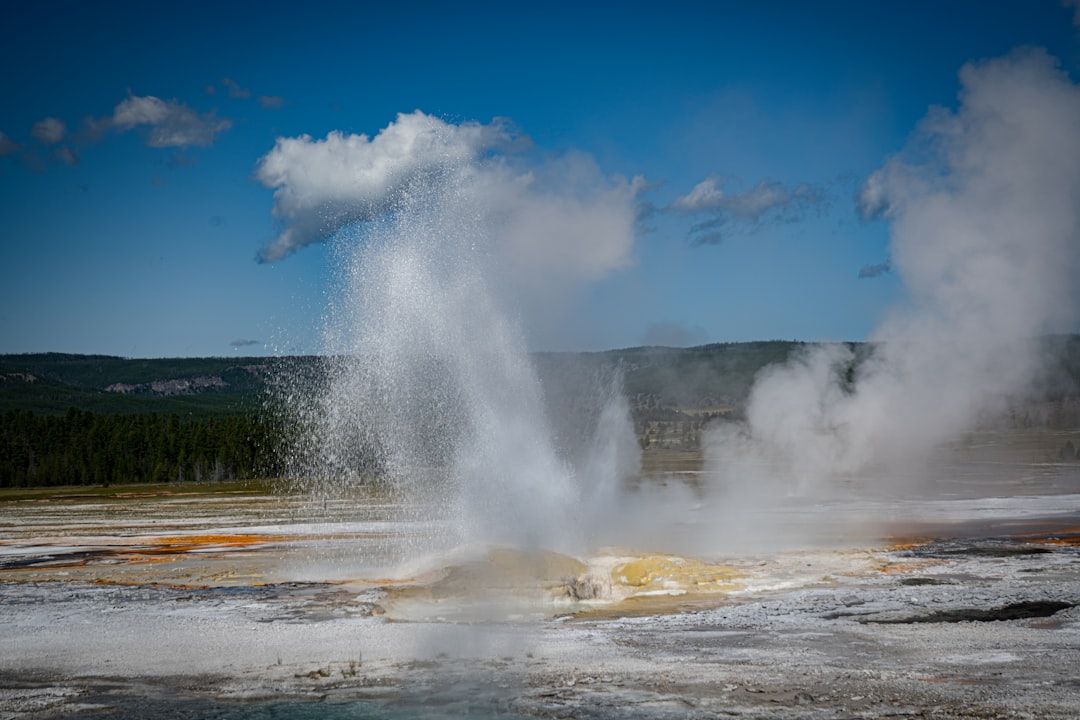
The Yellowstone Caldera is the largest in North America. The Yellowstone hotspot has actually produced three calderas in the Yellowstone region, the youngest of which is approximately 45 kilometers wide and 70 kilometers long. What makes this place truly extraordinary is what lies beneath the surface – one of the most powerful volcanic systems on the planet.
Contains over half of the 1,000 or so known geysers in the world, including “Steamboat,” the world’s tallest geyser. Yellowstone National Park sits inside an ancient volcanic caldera with magma, in some places only a few miles underground, powering the park’s famous geysers, hot springs, fumaroles, and mud pots. The colorful Grand Prismatic Spring and reliable Old Faithful geyser are just the visible signs of the incredible geological forces at work below.
The park’s landscape bears witness to massive volcanic eruptions that occurred roughly six hundred forty thousand years ago. Up until 2 million years ago, there were caldera-forming eruptions roughly once every 600,000 years, future eruptions are expected. Walking through Yellowstone is like strolling across a sleeping giant that could reshape the continent if it ever fully awakens.
Devils Tower – Wyoming’s Mysterious Volcanic Pillar
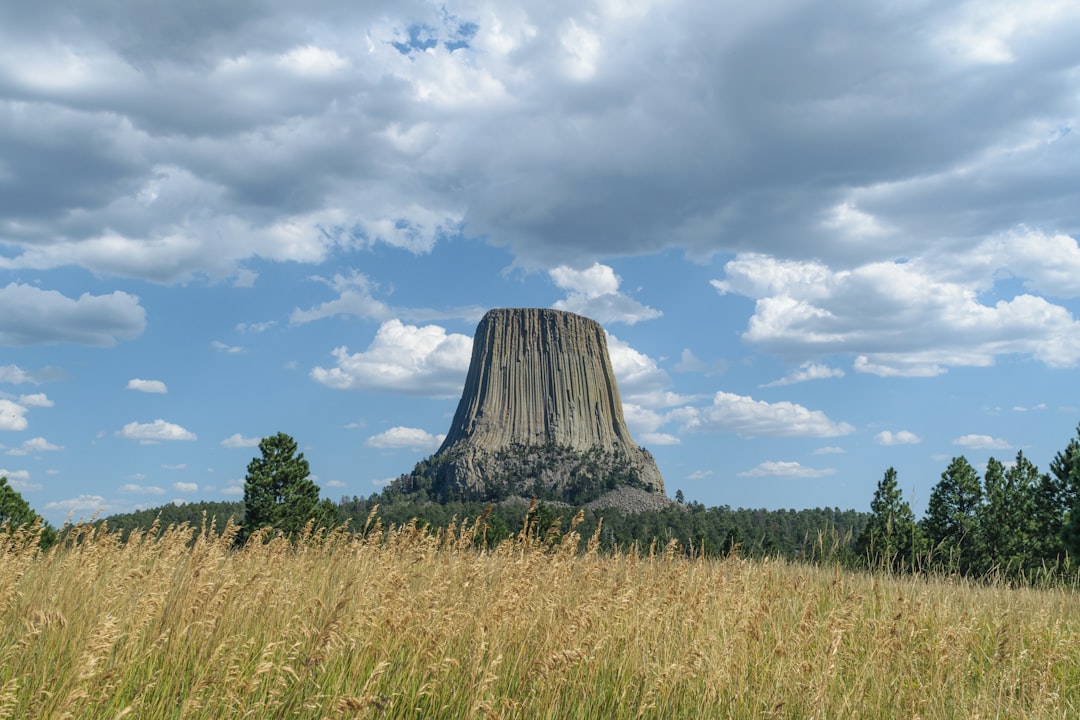
How did this solitary 867-foot column of lava rock end up in the middle of rolling forest and ranch land in northeastern Wyoming? Towering above the treetops, it looks as if it had been dropped from space or pushed skyward by some great underground force, though the real explanation is neither of these. This incredible monolith rises dramatically from the surrounding plains, creating one of the most recognizable landmarks in the American West.
According to the most widely accepted theory, it’s an accident of timing that we can see Devils Tower at all. For roughly 95 percent of its existence, the entire block lived belowground, formed by molten lava that welled up into a layer of sedimentary rock 50 million years ago. Starting about 1 million or 2 million years ago, rain and snowmelt slowly washed away the surrounding sandstone, siltstone, and shale, leaving the much sturdier mass behind.
Northern Plains Indians consider Devils Tower sacred, and you’ll know why when you see it. It looks like little else on the planet – hexagonal columns of phonolite, once molten lava, climbing nearly 1,000 feet into the air. The distinctive vertical columns create an otherworldly appearance that has captured human imagination for countless generations, making it America’s first national monument.
Arches National Park – Utah’s Natural Stone Gallery
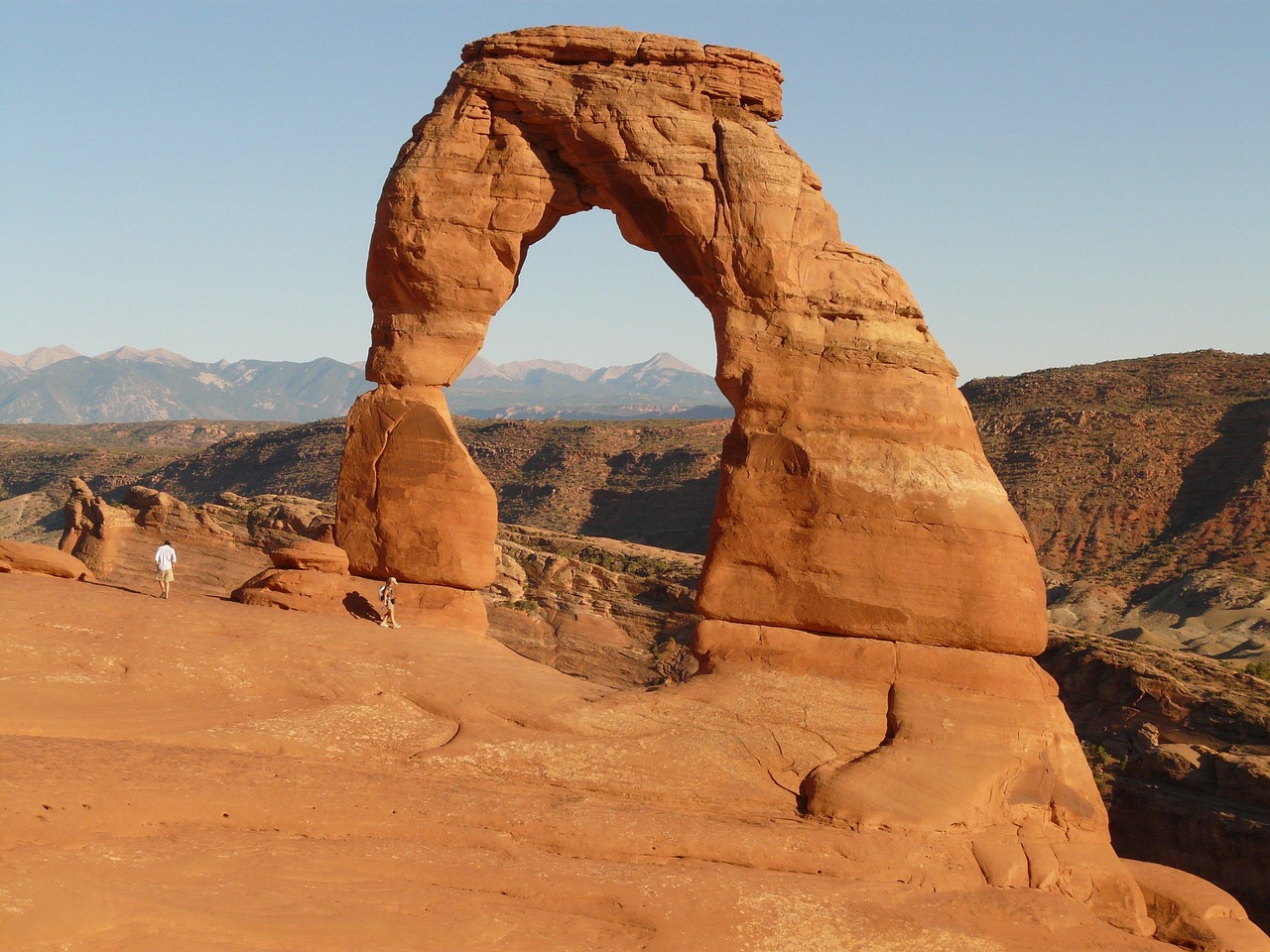
Arches National Park is home to over 2,000 natural sandstone arches, making it the largest concentration of arches in the world. This extraordinary collection of natural sculptures showcases the incredible artistry that wind, water, and time can create when working together over millions of years.
These arches are the result of millions of years of geologic processes, including the deposition of sand dunes, followed by erosion by wind, water, and ice. The contrasting red-orange sandstone against the bright blue sky creates a striking visual spectacle that is a hallmark of the American Southwest. Each arch represents a delicate balance between creation and destruction, where erosion carefully removes material while leaving behind these magnificent stone sculptures.
The famous Delicate Arch has become an icon not just of Utah, but of the entire American West. Walking among these formations feels like exploring an outdoor cathedral where nature serves as both architect and artist, creating spaces that inspire awe and reverence in every visitor.
Bryce Canyon’s Hoodoo Forest – Utah’s Stone Sentinels
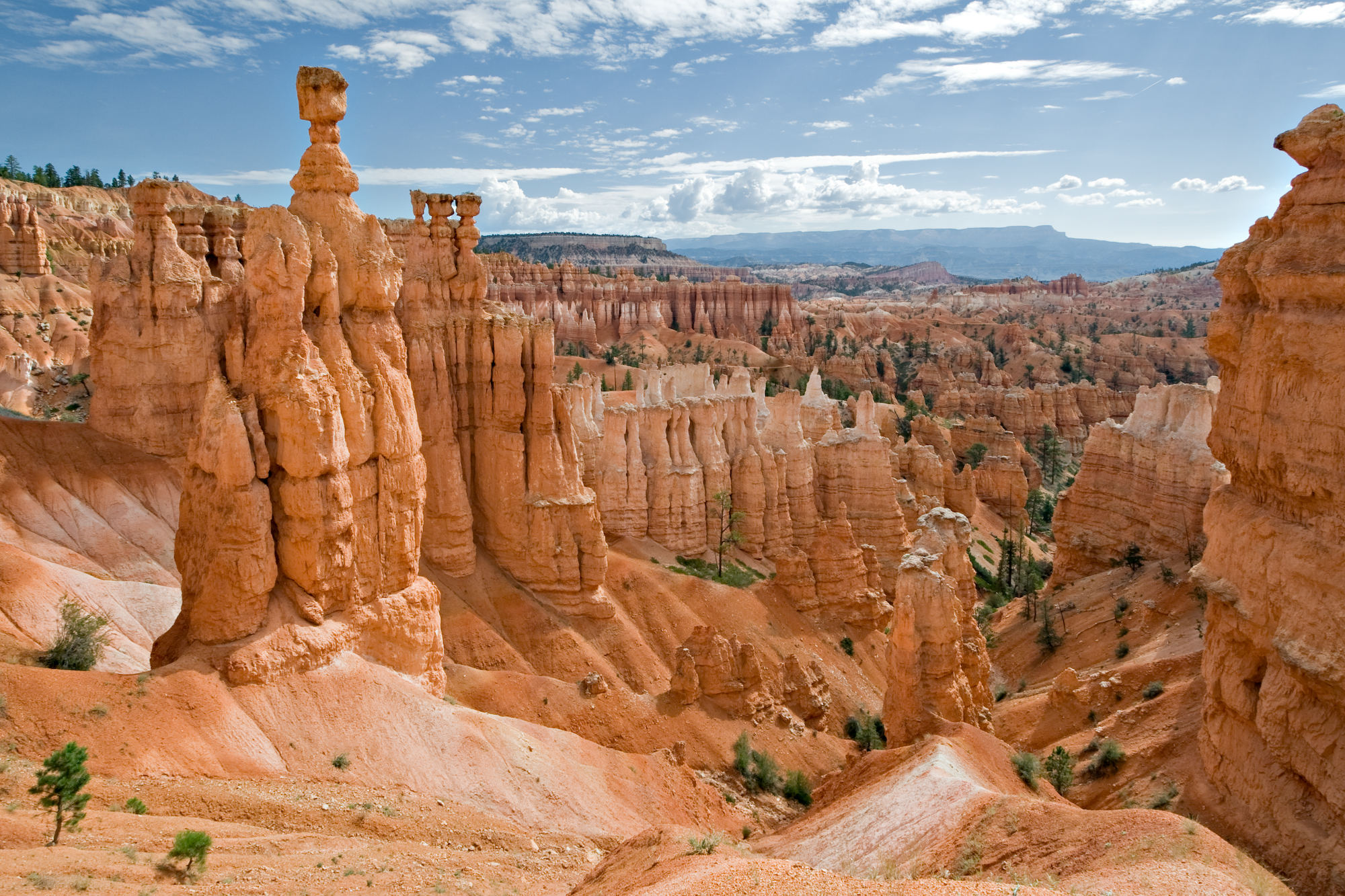
Nestled in the heart of Utah’s rugged and picturesque landscape, Bryce Canyon National Park stands as a testament to the extraordinary power of erosion and the marvels it can create. Renowned for its unique collection of hoodoos, Bryce Canyon is a geological masterpiece that has captivated visitors for generations. Contrary to its name, Bryce Canyon is not actually a canyon but a series of natural amphitheaters carved into the edge of the Paunsaugunt Plateau.
Present-day scientists believe that the forces of water, ice and gravity (not wind) are responsible for the unique shapes in Bryce Canyon. These three forces – coupled with the differential erosion of the Claron Formation – produce a different morphology than that of any other area in the world. The formation of Bryce Canyon and its hoodoos required three steps: deposition of rocks, uplift of the land, and weathering and erosion.
The colorful spires that rise hundreds of feet into the air create an almost alien landscape that changes dramatically with the light. Sunrise and sunset transform these stone pillars into glowing torches of orange, pink, and red, creating a natural light show that photographers travel from around the world to capture.
Devils Postpile – California’s Geometric Masterpiece
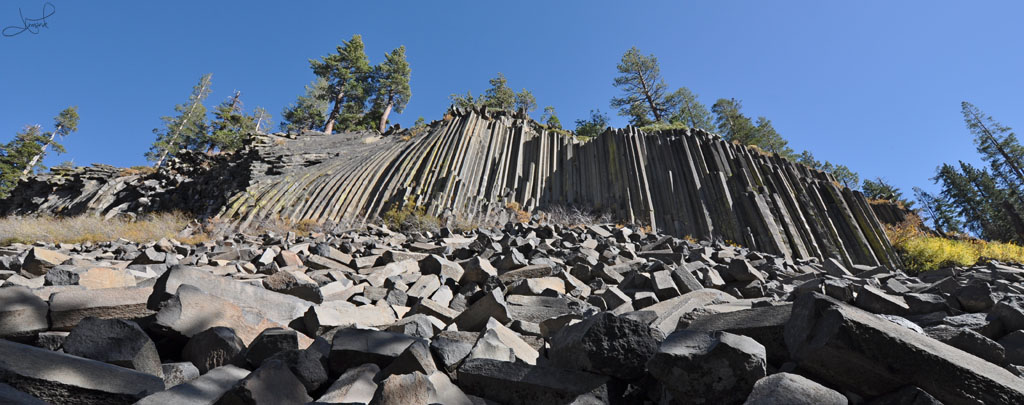
Devils Postpile National Monument is renowned for its spectacular display of columnar-jointed basalt (a common formation of multiple columns of rock). Although smaller, it rivals the columnar-jointing displays at Fingal’s Cave in Scotland and Giant’s Causeway in Ireland. What makes this formation truly special is the almost mathematical precision of its hexagonal columns.
An average of 55% of the columns have classical six-sided (hexagonal) shapes, which is a higher proportion than other columnar-jointed basalt exposures around the world. Several factors are thought to have caused this example of columnar-jointing including uniform magma composition, small crystal size, and slow cooling history in a river canyon. As the lava cooled and solidified, it contracted and cracked into hexagonal and pentagonal columns, creating the incredible pattern that we see today. The columns at the Devil’s Postpile are mostly around 60 feet tall and have remarkably uniform shapes.
Standing before these towering basalt columns feels like discovering nature’s own construction project, where geological forces created something that looks almost too perfect to be natural. The tops of the columns, polished smooth by ancient glaciers, create an extraordinary geometric pattern that resembles a giant’s sidewalk stretching across the landscape.
Monument Valley – Arizona and Utah’s Desert Monuments
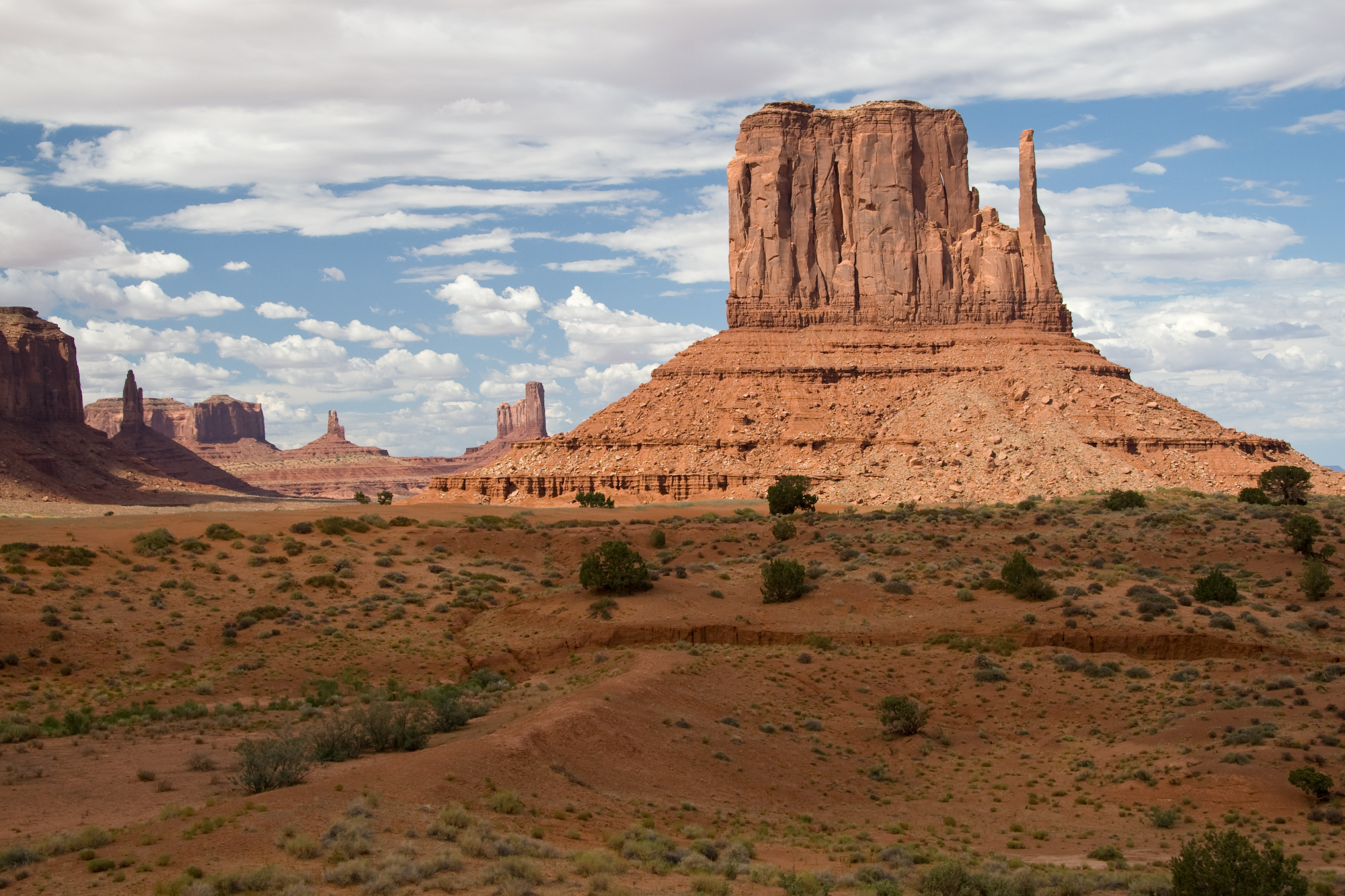
The dusty red expanse of Monument Valley, punctuated by sculptural geological formations, has served as the backdrop for so many films that it’s the epitome of the American West – as imagined by Hollywood. These massive sandstone buttes rise like ancient skyscrapers from the desert floor, creating one of the most photographed landscapes in North America.
The stunning Monument Valley is a Navajo tribal park. Chances are that those epic landscapes you’ve seen in classic Hollywood Westerns were shot in Monument Valley, where startling sandstone buttes rise up to 1000ft above the sandy desert floor. The most famous formations include the iconic Mittens, which stand like massive stone guardians watching over the vast desert landscape.
These towering monuments represent the remnants of ancient rock layers that once covered the entire region. Over millions of years, erosion has stripped away the softer materials, leaving behind these magnificent sentinels of red sandstone that tell the story of ancient deserts, shifting sands, and the relentless power of wind and water to reshape our world.
Carlsbad Caverns – New Mexico’s Underground Cathedral
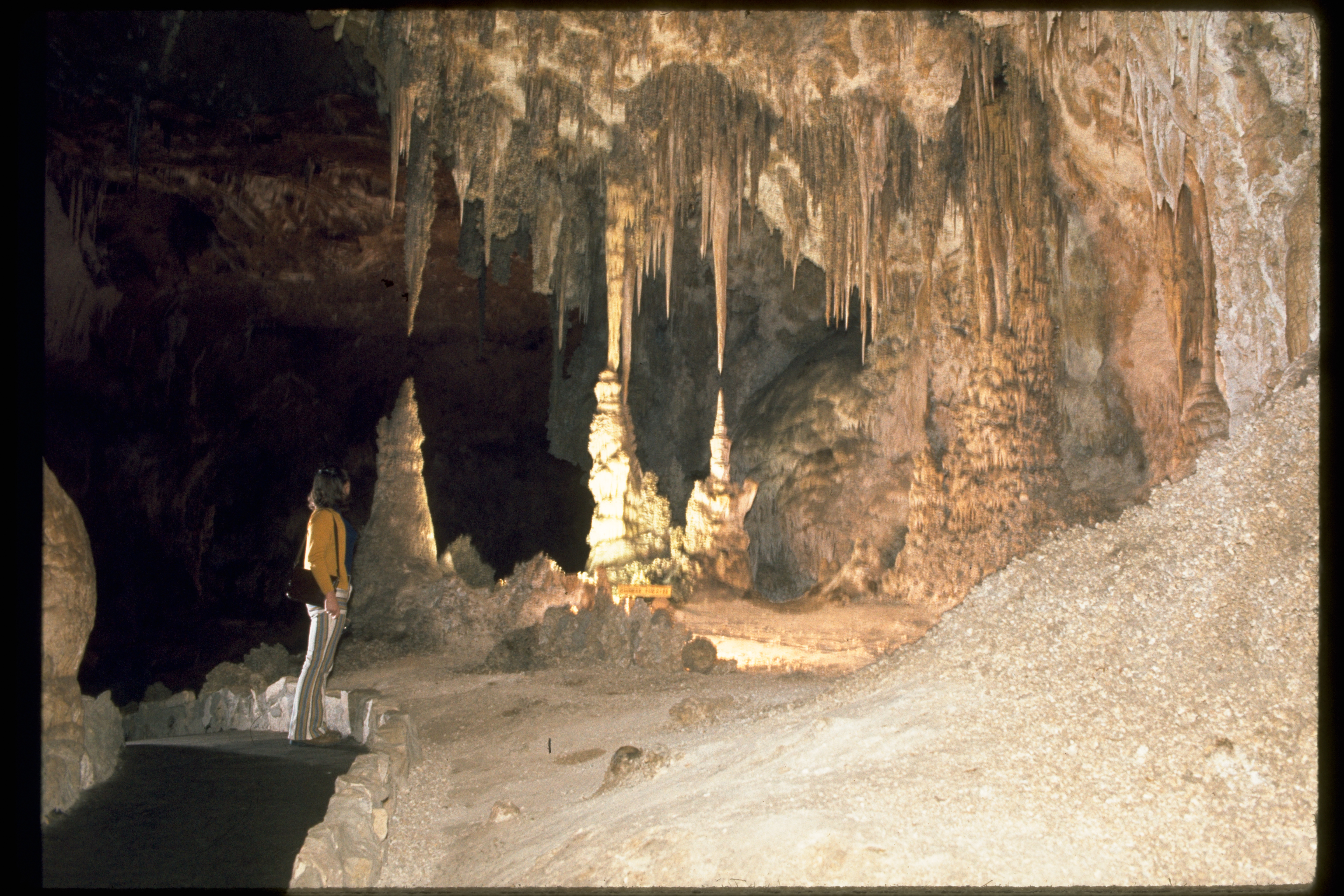
The Park contains more than 100 known caves, including the nation’s deepest limestone cave at 1,604 feet and third longest. Carlsbad Cavern, with one of the world’s largest underground chambers, displays an amazing array of cave and karst features. This vast underground world showcases some of the most spectacular cave formations found anywhere on Earth.
Rising sulphur-rich fluids mixed with fresh ground water to form sulphuric acid, which is responsible for the formation of this cave system. This unique formation process created chambers so large they could house entire city blocks, with ceilings that soar hundreds of feet overhead in perfect darkness.
The Big Room, one of the largest underground chambers in North America, stretches over eight acres and reaches heights of nearly two hundred fifty feet. Walking through these vast caverns feels like exploring an alien world, where countless stalactites and stalagmites create a forest of stone sculptures that have been growing drop by drop for millions of years.
Death Valley’s Moving Rocks – California’s Desert Mystery
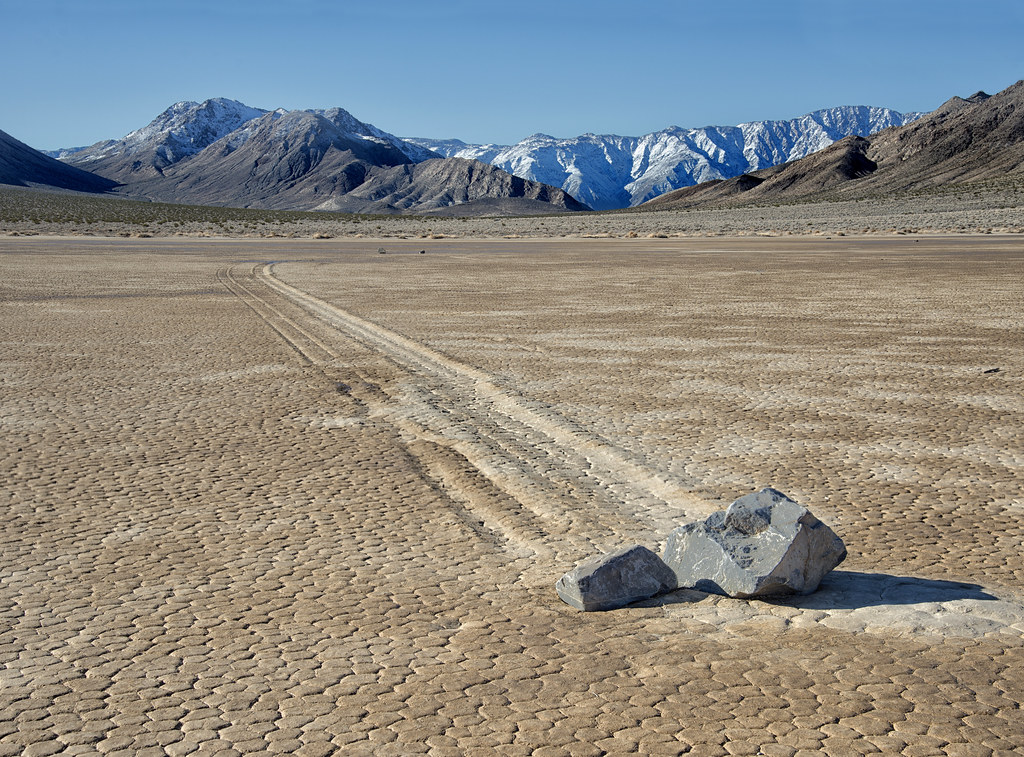
Contains some of the best examples of playas and salt pans in North America. Playas, like “the racetrack” are shallow, transient lakes that form in closed basins and quickly evaporate whereas salt pans, like the ones at Badwater, are un-drained natural depressions where salt is deposited upon evaporation. But Death Valley’s most mysterious feature might be the sailing stones at the Racetrack Playa.
For decades, enormous boulders seemed to move across the flat desert floor on their own, leaving mysterious trails behind them with no apparent explanation. Scientists finally solved this puzzle, discovering that rare combinations of rain, ice, and wind create perfect conditions for these massive rocks to slide across the temporarily flooded surface like giant ice skates.
Death Valley also holds the distinction of being the hottest, driest, and lowest place in North America, with temperatures reaching one hundred thirty-four degrees Fahrenheit and elevations dropping to two hundred eighty-two feet below sea level. This extreme environment has created a landscape so otherworldly that it’s been used as a stand-in for alien planets in countless movies.
Antelope Canyon – Arizona’s Slot Canyon Cathedral
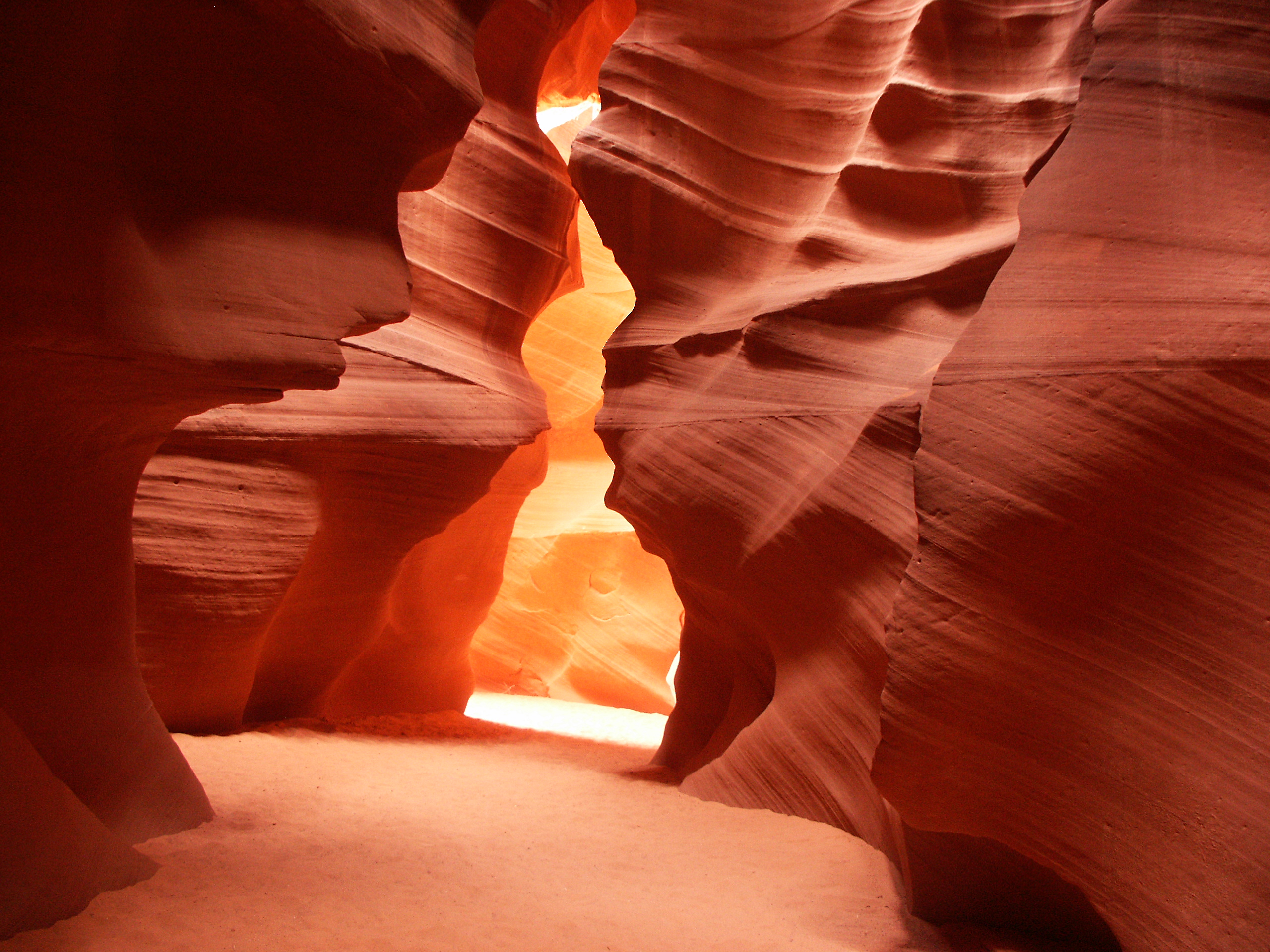
Antelope Canyon, located in the heart of the Navajo Nation in Arizona, is a breathtaking slot canyon that has become an icon of natural beauty and wonder. Carved over thousands of years by the forces of water and wind, Antelope Canyon offers a surreal and ethereal landscape that captivates visitors with its stunning rock formations and light beams.
Divided into two sections, Upper Antelope Canyon (also known as “The Crack”) and Lower Antelope Canyon (also known as “The Corkscrew”), both sections showcase narrow, twisting passageways and towering sandstone walls. The unique erosion patterns and smooth curves of the canyon walls create a visually striking environment, making it a paradise for photographers and nature enthusiasts.
When sunlight filters down through the narrow openings above, it creates magical beams of light that illuminate the flowing, wave-like walls in brilliant colors ranging from deep orange to vibrant purple. These slot canyons represent the incredible power of flash floods to carve through solid rock, creating narrow passages that feel more like works of art than natural formations.
Conclusion
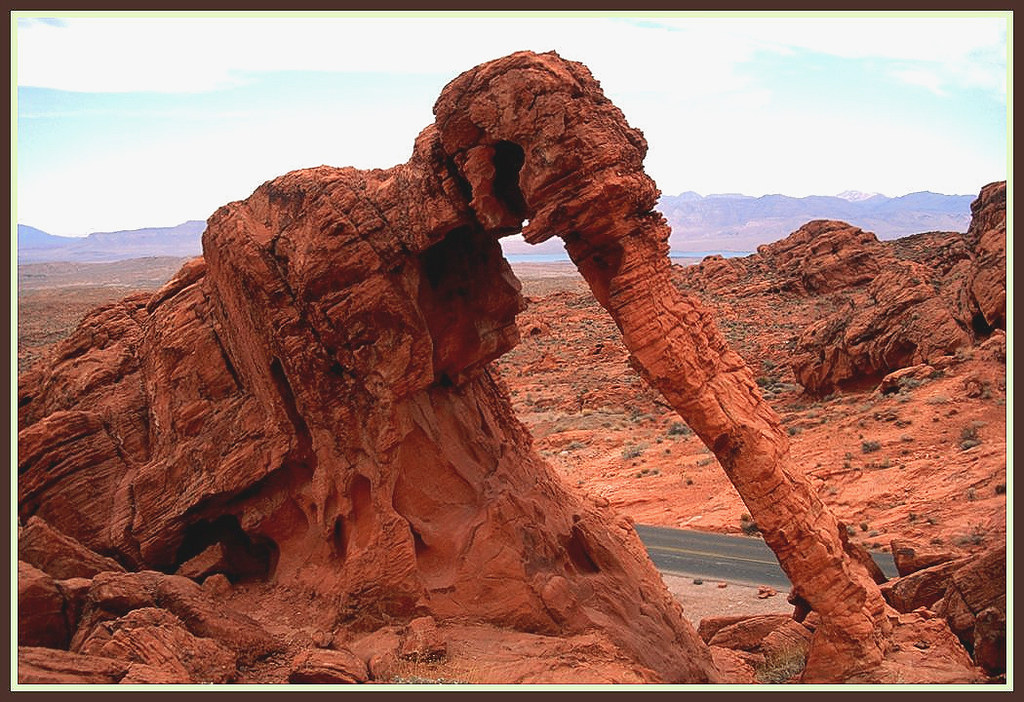
These ten geological wonders represent just a fraction ‘s incredible natural heritage, but they showcase the amazing diversity of processes that have shaped our continent over billions of years. From the explosive power of volcanoes to the patient work of water and wind, each formation tells a unique story about Earth’s dynamic history and the forces that continue to shape our world today.
Standing before these natural masterpieces reminds us that we’re part of something much larger and older than ourselves. These landscapes have witnessed the rise and fall of ancient civilizations, the migration of countless species, and climate changes that dwarf anything in recorded human history. What strikes you most about these incredible places? Share your thoughts in the comments below!

Hi, I’m Andrew, and I come from India. Experienced content specialist with a passion for writing. My forte includes health and wellness, Travel, Animals, and Nature. A nature nomad, I am obsessed with mountains and love high-altitude trekking. I have been on several Himalayan treks in India including the Everest Base Camp in Nepal, a profound experience.

